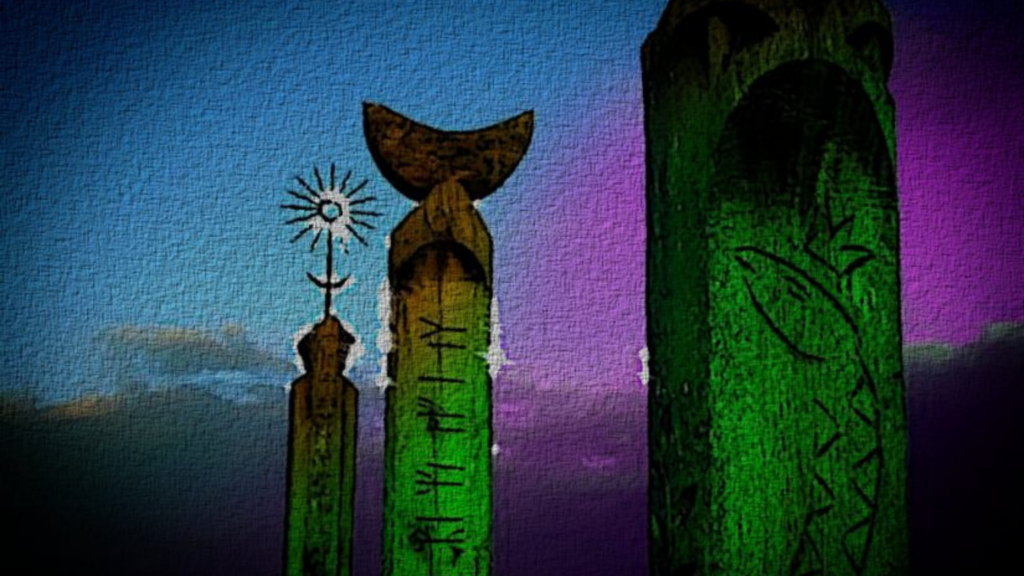
Baltic religion and mythology: An Ancient Spiritual Heritage
The Baltic religion and mythology represent one of the oldest spiritual traditions in Europe, deeply rooted in the history and culture of the Baltic peoples—Lithuanians, Latvians, and Prussians. Despite centuries of Christian influence, many elements of Baltic mythology have survived, reflecting a unique worldview centered around nature, deities, and sacred rituals.
Religion and mythology pervaded all the spheres in the life of ancient human, stimulating his activities and determining his patterns of behavior and cognition. All ancient ethnic culture evolved under the influence of religion and mythology; a considerable part of ancient culture was directly sacral, expressing peoples religious attitudes, their mythical perception of the world and world view. Figuratively, religion and mythology may be called the soul of the community, while ethnic culture may be viewed as the mirror in which that soul was reflected.
Historical Background
The Baltic religious beliefs date back to prehistoric times and were practiced until the Middle Ages when Christianity was introduced in the region. The Lithuanians, the last European pagans, officially converted to Christianity in 1387, while the Latvians followed soon after. However, despite conversion, many traditional beliefs persisted in folk traditions, songs, and rituals.
Geographical Influence
The Baltic religion primarily flourished in the lands of present-day Lithuania, Latvia, and the former Prussian territories (now part of Poland and Russia). These regions were home to closely related tribes that shared common myths and deities, shaping a spiritual system that honored natural forces and celestial bodies.
Major Deities in Baltic Mythology
Baltic mythology is polytheistic, featuring numerous gods and goddesses associated with different aspects of life and nature:
- The God (Dievas) – The supreme god, often linked to the sky, justice, and destiny.
- The Thunderer (Perkūnas) – The thunder god, one of the most powerful deities, symbolizing strength, war, and justice.
- The Sun (Saulė) – The sun goddess, representing warmth, light, and fertility.
- The Devil (Velnias) – A complex deity often depicted as a trickster, ruler of the underworld, or protector of animals.
- Laima – The goddess of fate and destiny, overseeing birth, life, and death.
- Gabija – The goddess of fire and the sacred hearth, protector of the home. She was believed to keep the household fire burning, symbolizing warmth, safety, and family unity. To honor her, people treated fire with great respect, never extinguishing it carelessly or stepping on embers.
These deities, along with many others, were deeply revered, with offerings, prayers, and rituals performed in their honor.
A significant symbol in Baltic mythology is the Tree of Life (Gyvybės medis).This cosmic tree represents the structure of the universe, connecting the heavens, the earth, and the underworld. It is often depicted as an oak or linden tree, with its roots extending deep into the underworld, its trunk standing in the earthly realm, and its branches reaching toward the divine sky. The Tree of Life was associated with fertility, balance, and the cyclical nature of existence. Birds, often seen as messengers of the gods, were believed to reside in its branches, while serpents or other creatures guarded its roots. This symbol appears frequently in Baltic folklore, art, and embroidery, reinforcing its importance in cultural heritage.
Sacred Rituals and Traditions
Baltic religious practices were closely tied to nature, and many rituals were conducted in sacred groves, near rivers, or on hilltops. Some of the most distinctive traditions include:
- Fire Worship – Fire was considered sacred, and eternal flames were kept burning in temples or village altars.
- Seasonal Festivals – The Balts celebrated solstices and equinoxes, such as Rasos (also known as Joninės in Lithuania) and Mārtiņi in Latvia, marking agricultural cycles and honoring deities.
- Ancestor Worship – Honoring the spirits of the dead was crucial, with offerings made at graves and special rituals performed to ensure their well-being in the afterlife.
- Divination and Folk Magic – Various forms of fortune-telling and charms were used to predict the future and protect against misfortune.
Survival and Revival
Although Christianity largely replaced Baltic paganism, elements of its mythology persist in folklore, folk songs (dainos), and traditional customs. In modern times, there has been a revival of interest in Baltic paganism, with groups such as Romuva in Lithuania seeking to restore and practice ancestral faith.
Conclusion
Baltic religion and mythology offer a fascinating glimpse into the spiritual and cultural heritage of the Baltic peoples. Despite historical challenges, these ancient beliefs continue to inspire and shape modern identity, serving as a reminder of a deep connection to nature and tradition.
References
-
Norbertas, V. (n.d.). Baltų religija ir mitologija. Tautos Mėnta. Retrieved from https://tautosmenta.lt/wp-content/uploads/2013/12/Velius_Norbertas/BRMS_1.pdf
-
Wikipedia. (n.d.). Pagonybė. Retrieved from https://lt.wikipedia.org/wiki/Pagonybė
-
Encyclopedia Lituanica. (n.d.). Pagonybė. Retrieved from https://www.vle.lt/straipsnis/pagonybe/
-
Kuoskiriasi.lt. (n.d.). Kuo skiriasi pagonybė nuo krikščionybės? Retrieved from https://kuoskiriasi.lt/kuo-skiriasi-pagonybe-nuo-krikscionybes/
-
Mozūraitis, M. (2024, November 3). Pagonybė ir jos likučiai Lietuvoje XVIII amžiuje. Alkas. Retrieved from https://alkas.lt/2024/11/03/m-mozuraitis-pagonybe-ir-jos-likuciai-lietuvoje-xviii-amziuje/
-
Wikipedia. (n.d.). Baltų religija. Retrieved from https://lt.wikipedia.org/wiki/Baltų_religija
-
Romuva. (n.d.). Baltų religija. Retrieved from https://romuva.lt/pasauleziura/baltureligija/
-
Encyclopedia Lituanica. (n.d.). Baltų religija ir mitologija. Retrieved from https://www.vle.lt/straipsnis/baltu-religija-ir-mitologija/
More From The Author
-
Artistic Expressions in Ancient Baltic Culture
Baltic art provides vivid insights into the cultural and religious life of the ancient Balts. Much of our understanding of Baltic art comes from objects unearthed in graves and communal sites—each piece reflecting both ritualistic purpose and everyday life. Sacred…
-
Modern Paganism and Baltic Traditions in Contemporary Lithuanian Life
Paganism, once the dominant spiritual practice in the Baltic region, continues to influence Lithuanian culture today. Despite centuries of Christianization, elements of ancient Baltic traditions remain deeply rooted in national identity, folklore, and everyday rituals. Modern Lithuanians are increasingly embracing…
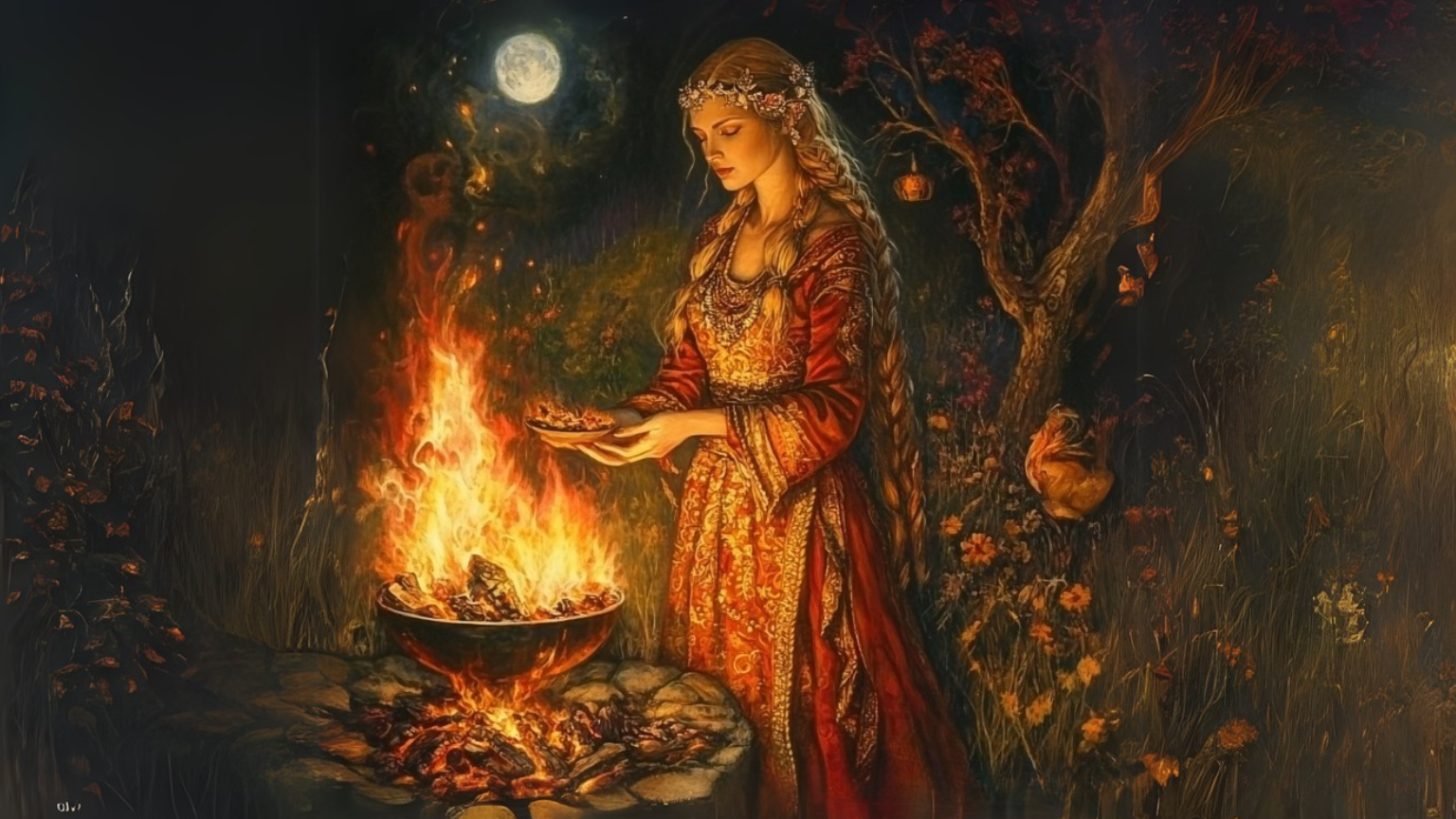




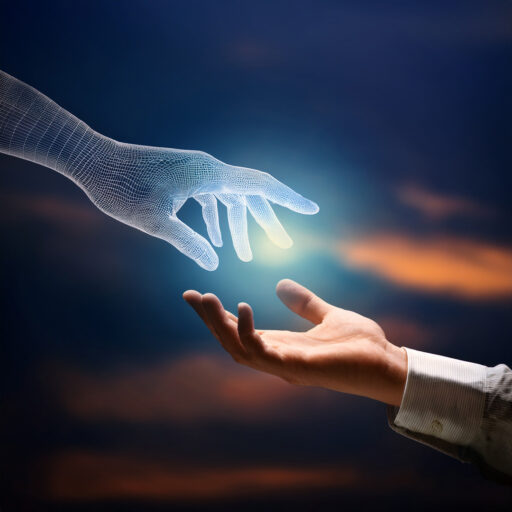
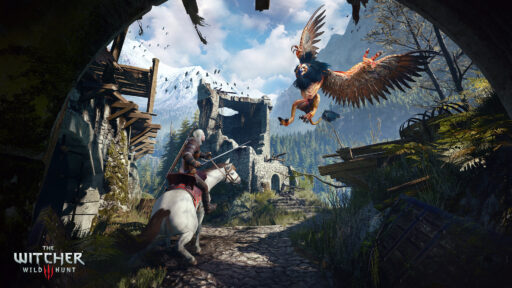
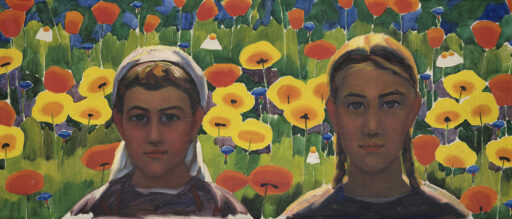


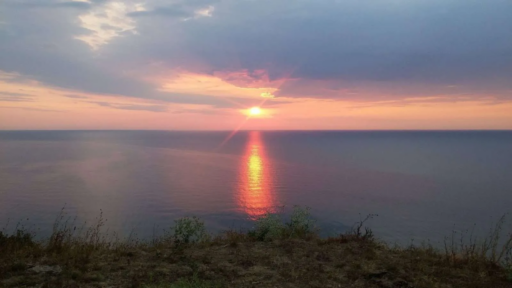
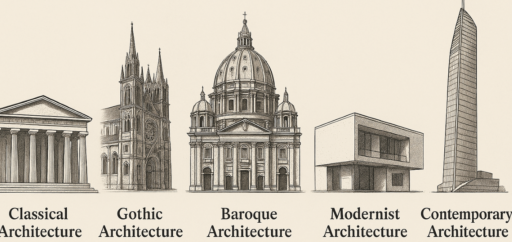
I LOVED learning about this! I like how our mythologies have common characteristics (Baltic and Slavic) 🙂
I like your blog a lot, in my opinion it’s the prettiest one and the posts are very informative. Good job 🤍
Thank you! I’m really happy you enjoyed learning about this, and I appreciate your kind words about the blog